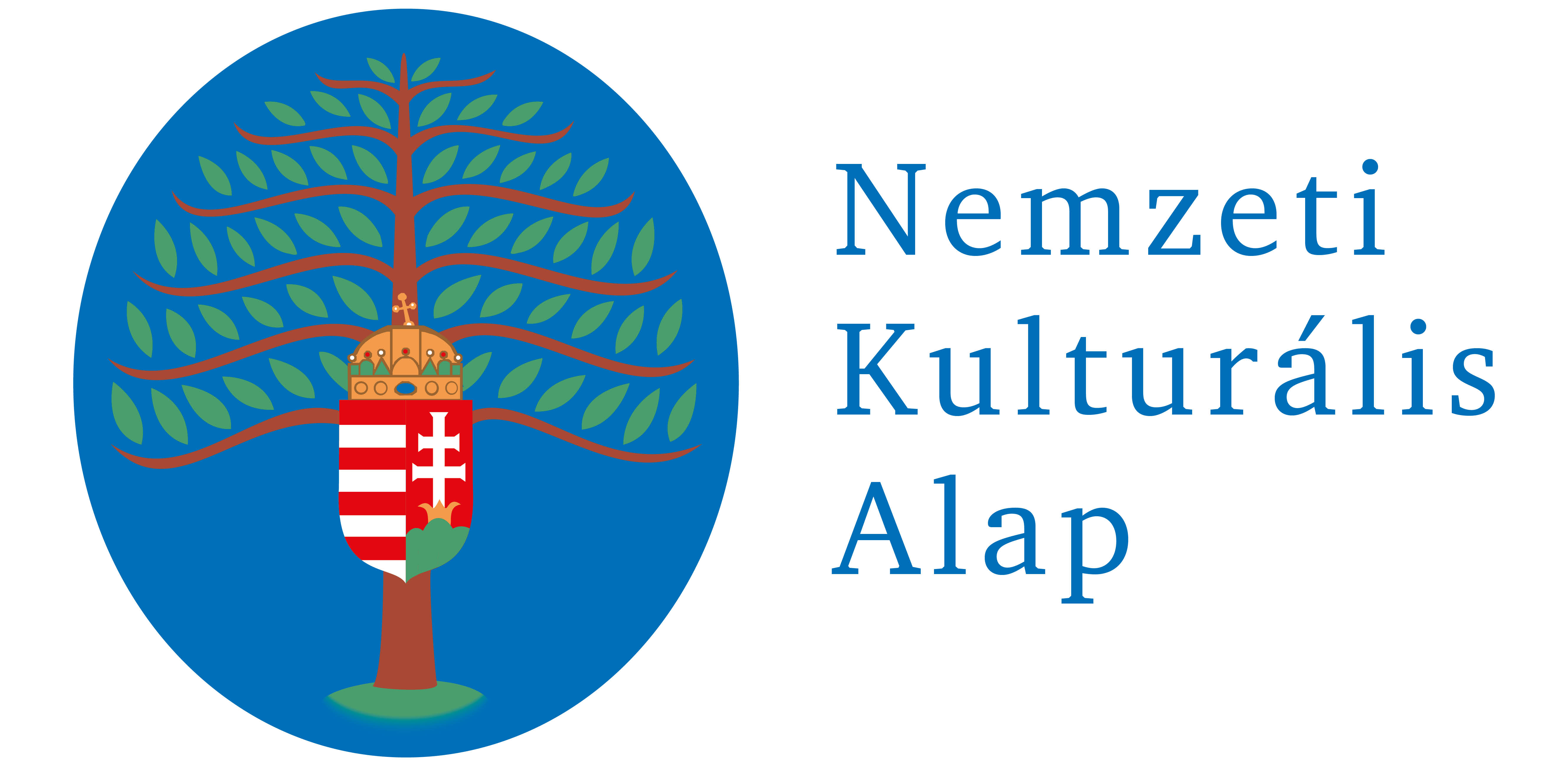Naptár
2024. április 15–19.
2024. április 20.
Eötvös József Kárpát-medencei középiskolai szónokverseny
2024. április 24. – május 3.
Tovább...
2. 2021.
Abstracts in English
Studies
Adamikné Jászó, Anna
Revolutionary and battle pimages. The short story collection by Mór Jókai after the war of independence
The short stories were published under the name Sajó after the suppression of the war of independence in July 1850 but everybody knew who was under this pseudonym. They brought much popularity to Jókai as they gave comfort to the sad country of Hungary—and not only comfort but also moral guidance. This study introduces all the short stories. The writer depicts human characters in the foreground of the short stories with whom it was easy for the reader to identify. Historic events stay in the background, with realistic representation. The structure of the short stories anticipates various modern structures of later times. Their style is diverse—always in accordance with the content. Shocking emotions are described with sublime style, primarily using figures of speech, especially schemes often in rhythmic prose. This sublime style is justified, many times it is part of the argumentation built on enthymeme. Today at school, no attention is paid to the short stories of Jókai. Battle images [Csataképek], however, could be taught to students both on history and literature classes, not only for the sake of knowledge transfer but also for stylistic analysis. The short stories The white angel [A fehér angyal] and The little grey man [A kis szürke ember] are especially suitable for this purpose because they are short, easy to read aloud and they can inspire exciting conversations and are about Artúr Görgey and Józef Bem—both of them respected by Jókai.
Kresztyankó, Annamária
How to talk about speech? Narrative and visual activities in the classroom
This study presents the results of a research project in pedagogical ethnography. It introduces Gypsy student’s self-reflection in upper grades of elementary school on their speech modes—based on the experience of a two-year fieldwork. It investigates what interdisciplinary approaches might be used in the classroom to explore language related activities within the framework of pedagogical ethnography. The analysis of the methodology used in this research—sociocultural language portfolio—is a key part of this study, firstly, as the design of the narrative and visual elements of the portfolio and the finalization of this methodology have been realized in these two years. Secondly, the exact description of the methodological steps allows for applying this method. With the sociocultural language portfolio, borders, and border-crossings of not only linguistic but also ethnic and gender identification as well as the students’ vision are outlined. This method uses visuals to enable the diversity of speech modes relatable.
Simon, Viktória
Measuring reading comprehension on history classes
Students coping with reading comprehension difficulties start at a disadvantage in each subject at school. As there are typical text types and related processing methods and reading strategies in all subjects, including history, the subject-dependent approach of reading comprehension gives a new perspective in education. The aim of this study is to investigate how subject-specific text types in history classes influence the effectiveness of reading comprehension. Based on the research carried out with 11th-grade students, it can be stated that text types have an influence on effectiveness. Students performed better when reading continuous texts, compared to verbal-multimodal, non-continuous texts (figure, table). In the case of verbal-multimodal texts, furthermore, there have been better results for the comprehension of tables than for figures. In the future, it might be worth planning text type-specific development for students that could be used also within the framework of the subject of history.
Workshop
Könnyü, Laura Krisztina
Visuality and cooperation on first language classes
This study introduces the connectivity of collaboration at school and visuality with exercises that can be created and applied with the help of online editing software and that can be used in first language classes. The theoretical framework is presented by the characterization of in-class and extracurricular online and offline collaboration as well as by the theoretical introduction of various graphic organizers (concept maps and mind maps, tables, and infographics). This theoretical overview is followed by sample activitis created by online editing software (Canva, Linoit, Realtimeboard) and methodological remarks and practical advice related to them. Their aim is to expand the methodological toolkit of practising teachers—with special attention to classroom activities built on students ‘cooperation and group work.
Kézdy-Brózik, Vera – Lengyel, Zsuzsa
Multiple intelligences in the practice of learning spelling
According to Howard Gardner’s high-impact theory, verbal-linguistic and logical-mathematical skills can not only be measured by IQ tests: there are visual-spatial, bodily-kinesthetic, musical, naturalistic, interpersonal and intrapersonal intelligences, too. This is less valued in the traditional school system and less used in the process of learning. Ideas presented in this study provide support to students to learn and practice a given writing mode or spelling rule in their own way, based on their own interest and talent. Different versions of the exercises make it possible to be used in various grades. This collection can be used as a supplementary part for any learning materials—unchanged, following the devised steps, tables and texts. Alternatively, it can be developed further by anyone based on their mood, possibilities, and creativity or according to the needs of the group.














